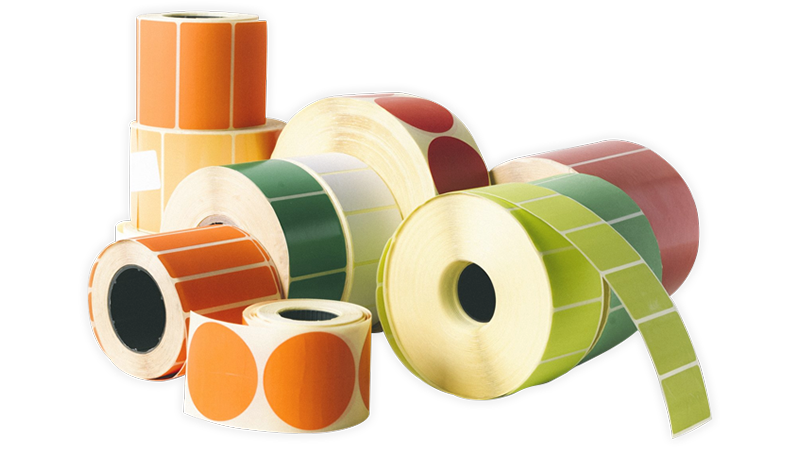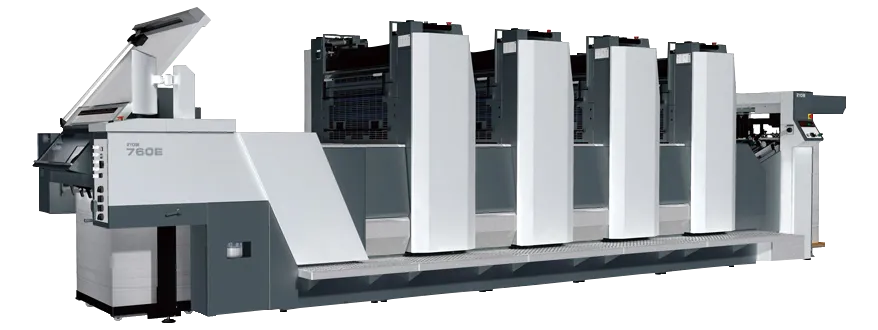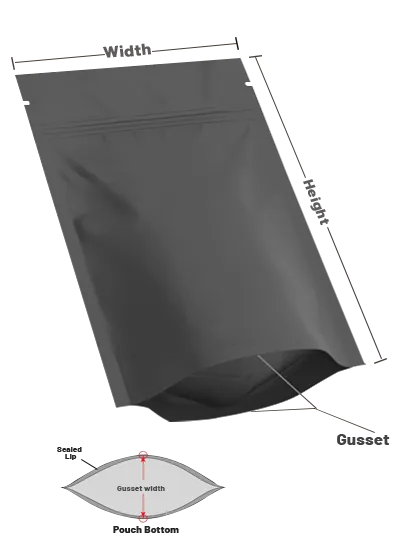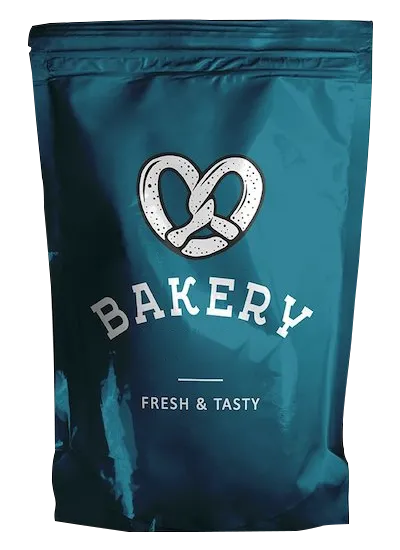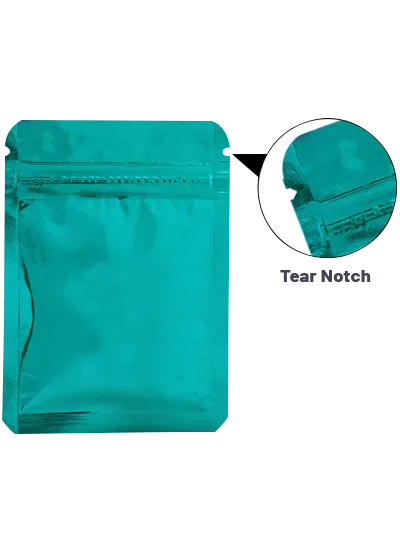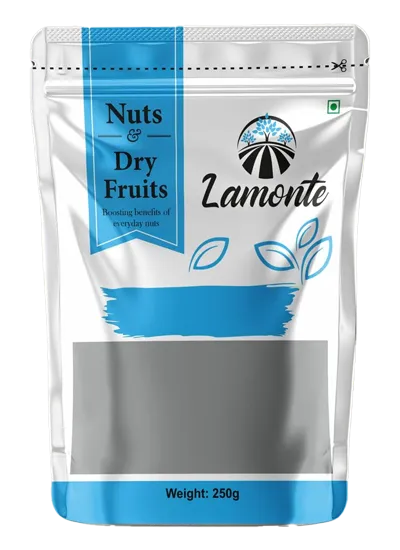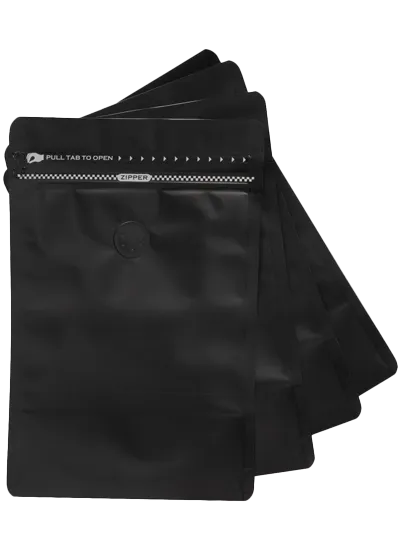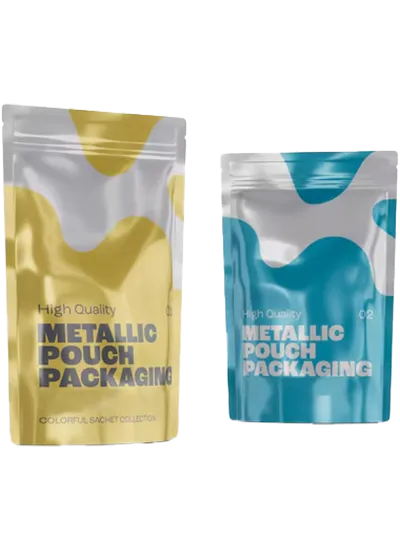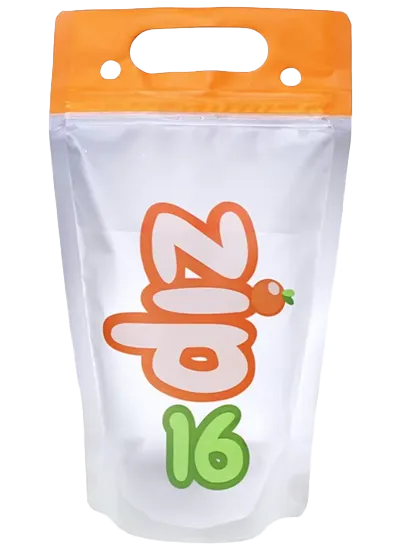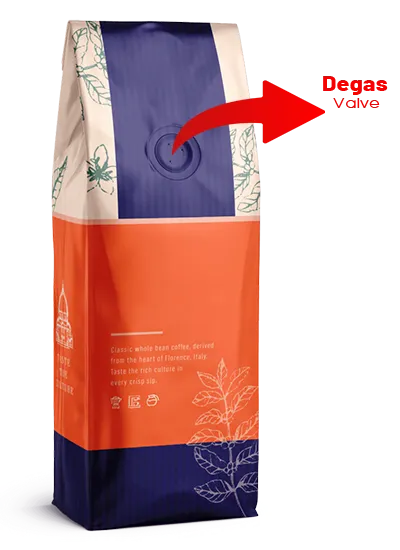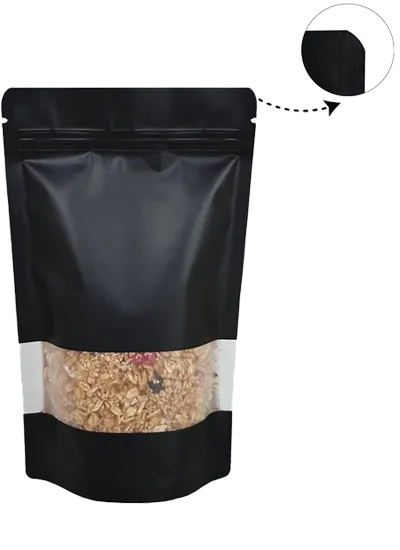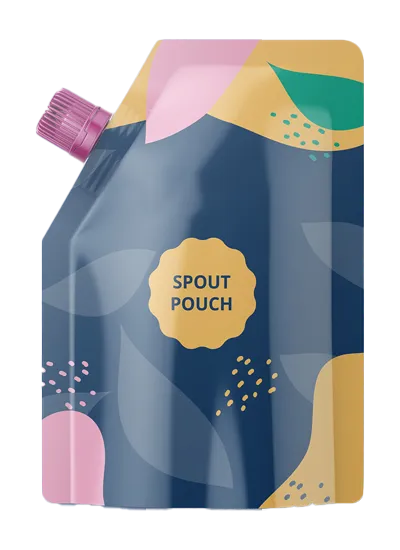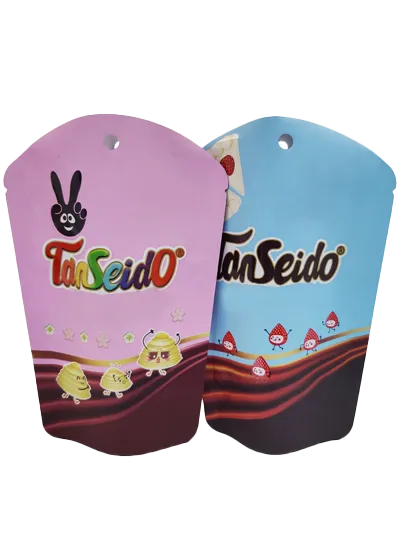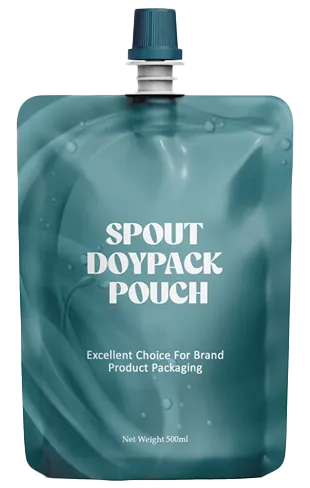Thermal transfer labels are famous and high-quality labels created in a process of transferring ink to the label using a heat method.
This way, the print on the label will stay there for a longer time, durable and classy. They do not fade easily and therefore they are the choice of many brands who want something that can stay in harsh environments like outdoor exposure and for storage.
What Makes Thermal Transfer Labels Different?
Thermal transfer labels are designed to last, unlike generic labels that can fade or suffer any number of damages over time. The process for making thermal transfer labels involves a heat-based printing method that allows the ink (from a ribbon) to be transferred onto the label surface, resulting in prints that are:
Sharp and clear, even for small barcodes
Resistant to wear, never smudged, never faded, never missing information.
Ready for extreme environments, Freezer? Hot warehouse? A shipping box that travels halfway around the world?
It's the difference between a label that just "sticks" and a label that strengthens your operations.
Why Will Your Business Love Thermal Transfer Labels
1. Protect your reputation
If your labels fade while in transport or storage, your customers are less likely to trust you. Thermal transfer labels help ensure that your brand looks professional from start to finish.
2. Save you money
Even a small amount of time or material wasted on printing labels multiple times, unreadable barcodes, or fixing shipping errors eat into your profits. With thermal transfer labels, you avoid a lot of these issues because they are made to work.
3. Flexibility
Thermal transfer labels work in every business sector from retail and e-commerce packaging to label healthcare products and identify logistics tracking to frozen foods.
4. Build your brand identity
Your labels not only provide value; it's also promotion! You can add logo, colors, designs etc., to your label and allow your label to do double duty; organize your operations
A Quick View of the Areas They Excel In
Retail & E-commerce: Barcodes that read consistently every time.
Food & Beverage: Freezer-safe labels that won’t peel off.
Logistics & Shipping: Shipping labels that are functional after the long haul.
Health Care & Labs: Labels that can be read, reporting even after being exposed to chemicals or stored cold.
Manufacturing: Safety warnings and compliance labels that don’t fade away.
To put it simply, if you need your label to last, we have your solution.
Why Choose Label Pouches?
At Label Pouches, we don’t sell labels; we help businesses tell their story and answer real problems.
What separates us from others:
Custom-made for You
We’ll help you find the best material, size, and finish for your industry.
Expertly Tested for Durability
Our labels don’t just look good, they are built to withstand life's pressure.
Creative & Practical
We will help ensure that your label not only does its job but that it does it as your brand would do for you.
Fast, Pertinent Delivery
Because we know timing is a viable element of your business and your success.
For a Quote feel free to reach us out.
FAQs
1. What exactly are thermal transfer labels?
Thermal transfer labels are sturdy labels that are printed by the use of heat and a ribbon, producing a crisp and long-lasting print. In contrast, direct thermal labels fade quickly and they are sensitive to heat, cold, moisture and chemicals.
2. What is the difference between thermal transfer and direct thermal labels?
Direct thermal labels can't use a ribbon, are heat sensitive, and are best suited for short-term usage, such as shipping labels.
Thermal transfer labels require a ribbon and can provide much more durable prints that are smudge-proof and are much better suited for applications that are long-term in nature, such as product labeling, asset tracking, and products that require cold storage.
3. Are thermal transfer labels water-resistant?
Yes. Thermal transfer labels that are printed on synthetic substrates (polypropylene or polyester) are water-resistant and chemical-resistant, making them suited to food, beverage, and outdoor products.
4. What industries use thermal transfer labels?
Thermal transfer labels are used in retail, e-commerce, logistics, healthcare, food & beverage, and manufacturing industries. They are great for barcodes, shipping labels, safety warnings, compliance labels, etc.
5. How long do thermal transfer labels last?
Provided you use the appropriate material and ribbon that is recommended by the manufacturer, thermal transfer labels will last many years with little to no fading even in extreme environments such as freezers, warehouses, or outside conditions.
6. Can I imprint my logo or branding on thermal transfer labels?
Definitely! Thermal transfer labels can be custom-printed with any logo, colors, designs, or anything else. They meet the needs of both a functional section for barcodes and a stylish section for branding.
7. What type of ribbon is optimum for thermal transfer labels?
Wax ribbons - Cost-effective, best for paper-based labels (retail & shipping).
Wax-resin ribbons - Good durability, used for synthetic labels.
Resin ribbons - Maximum durability, ideal in outdoor or chemical-resistant applications.
8. Are thermal transfer labels value for money?
Yes - although you may pay a bit more in the beginning for thermal transfer labels than direct thermal labels, in the end, they save money because you never have to spend on reprints, misreads, or shifting product to relabel.
9. Can I recycle thermal transfer labels?
Most thermal transfer labels made from paper can be recycled. If you are a sustainable business, Label Pouches also has sustainable, eco-friendly labels.
10. Where do I order custom thermal transfer labels?
You can purchase premium-quality custom thermal transfer labels from Label Pouches. We have bulk, custom options with quick delivery for any of your business needs.

